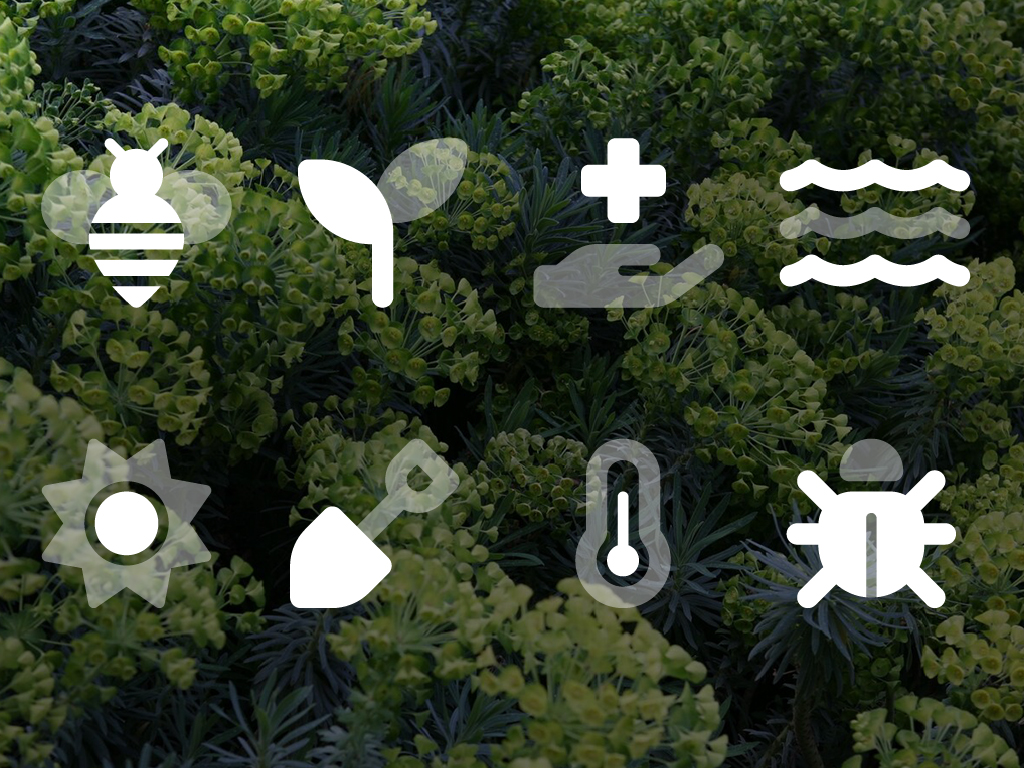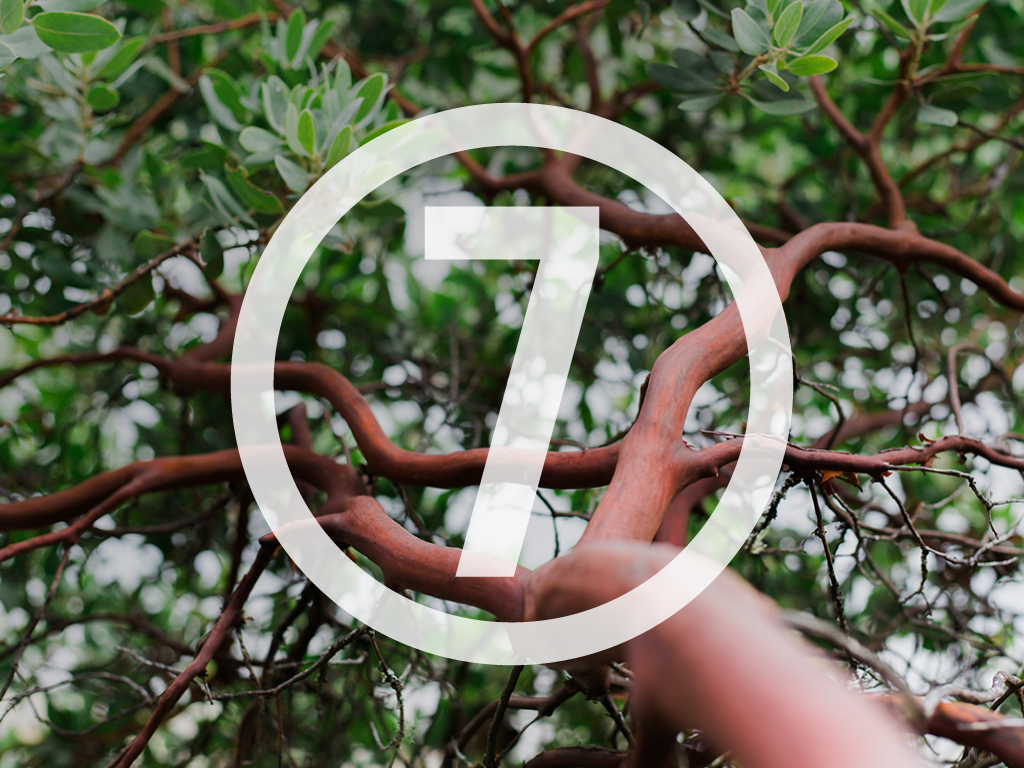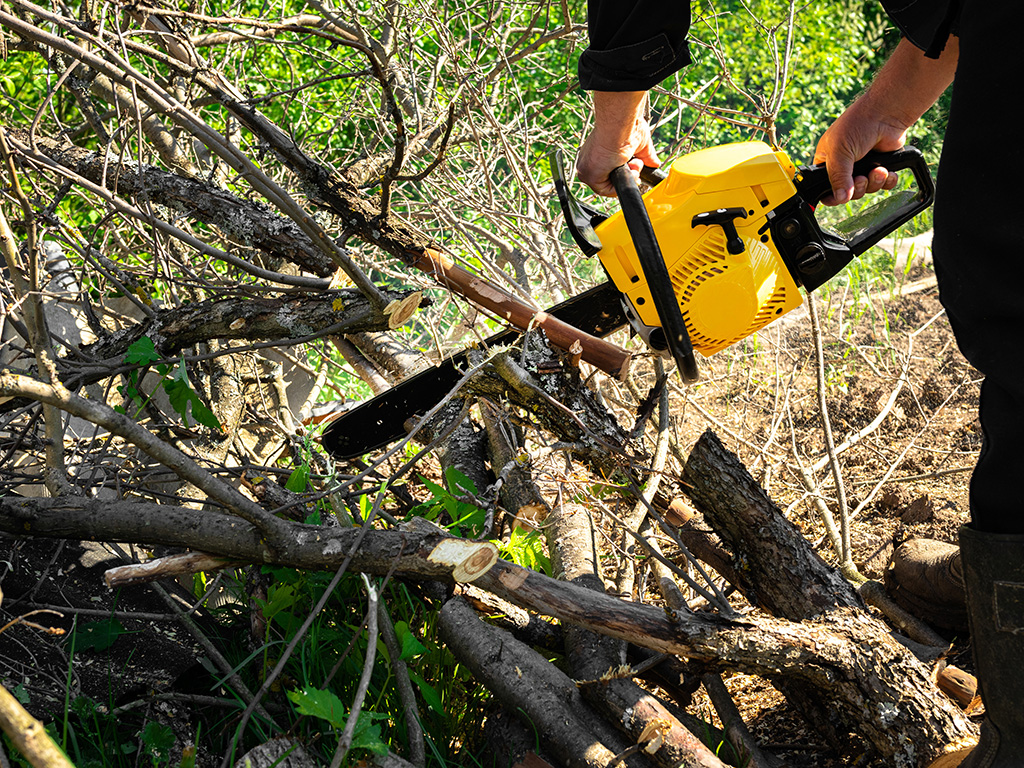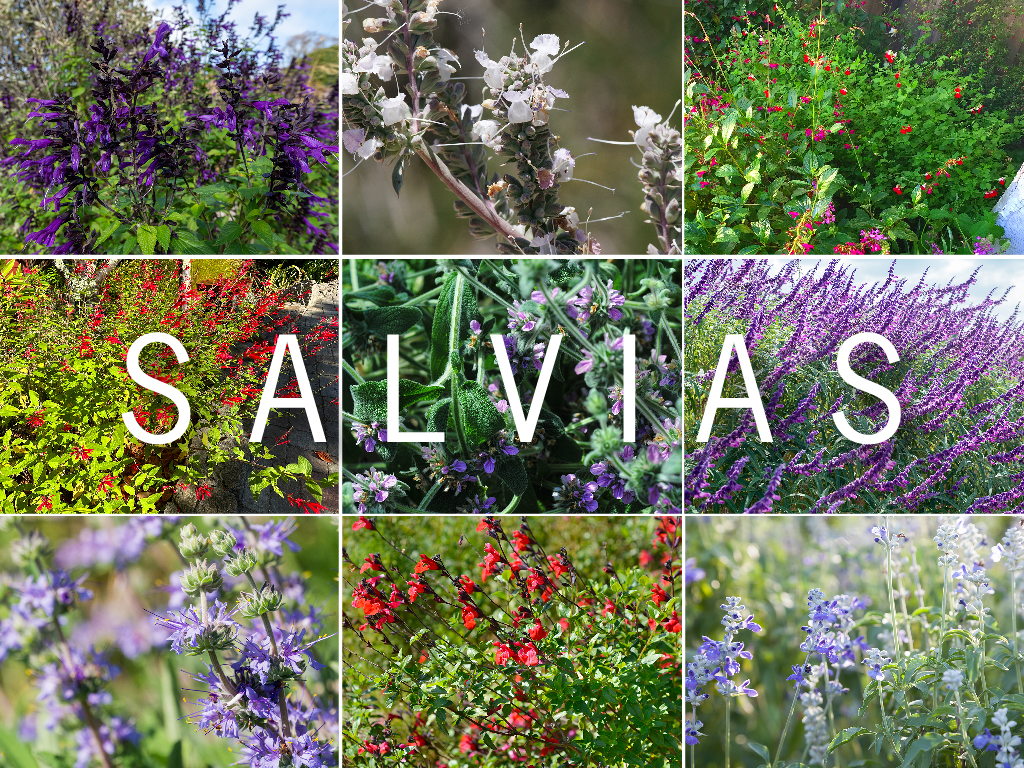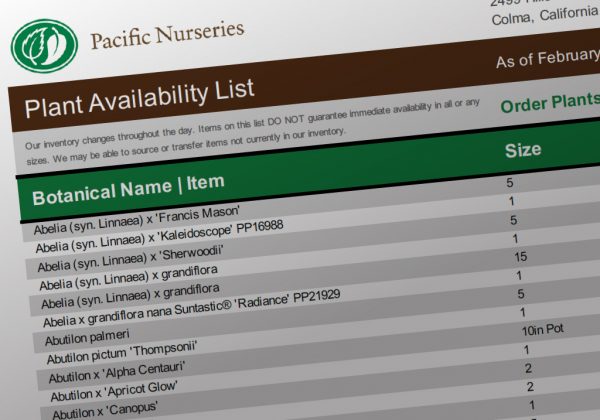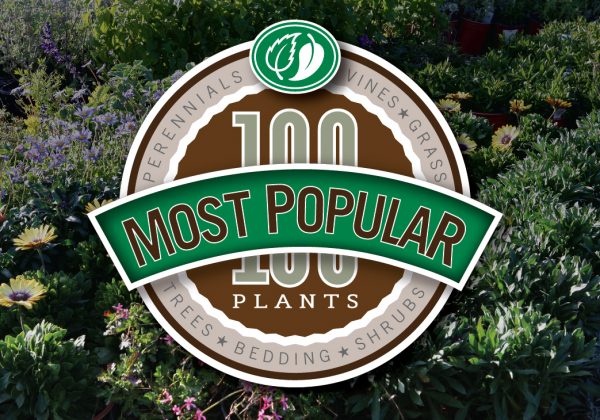Bay Area Landscape Pros needs to address the rising effects of climate change, hotter, drier weather, and frequent drought by considering the use of CA native plants.
In a changing environment like this, project success and client satisfaction depend on effectively using life-giving water. As a result, CA native plants are a beautiful solution for this challenge.
In a changing environment like this, project success and client satisfaction depend on effectively using life-giving water. As a result, CA native plants are a beautiful solution for this challenge.
Don’t just survive drought, thrive with CA native plants
California native plants are important because they’re water efficient and provide biological diversity for surrounding ecosystems. Using “California-friendly” plants is a best-practice that benefits both local habitat and area inhabitants—people and wildlife.From ground covers and grasses to flowering shrubs and trees, native plants provide the benefits of lower water needs, reduced maintenance requirements, improved soil health, and increased diversity that attracts birds and butterflies. They also blend in naturally with surrounding landscapes and provide aesthetic beauty.
A gallery of beautiful + water-wise plants
For landscape professionals interested in implementing a native strategy for their clients and projects, we offer a gallery of plant species below that are beautiful, require little water, and are appropriate for virtually any Bay Area landscape.We have also provided a summary of each plant’s characteristics and prominent features.
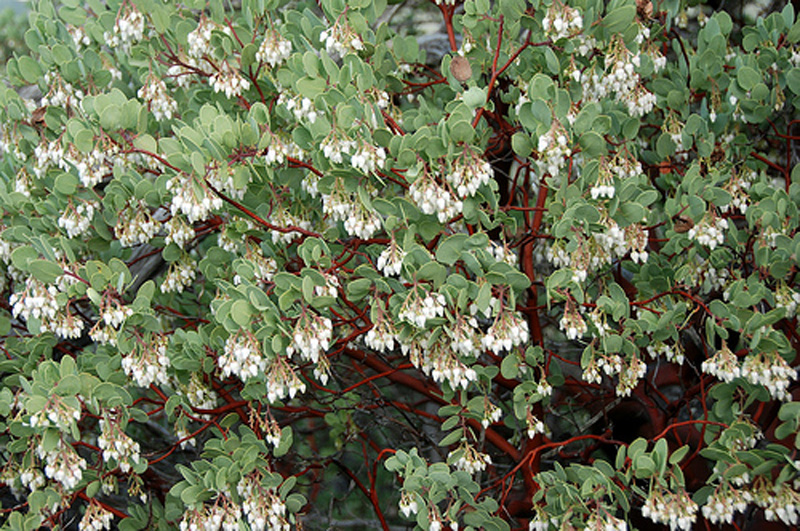
Arctostaphylos glauca develops large light pink blossoms in late winter to early spring. It features striking, deep red twisted branches and bark. Attractive berries follow the seasonal bloom. As this pervasive native plant grows, it can create a dramatic foliage statement in Bay Area gardens. It’s also an excellent slope stabilizer.
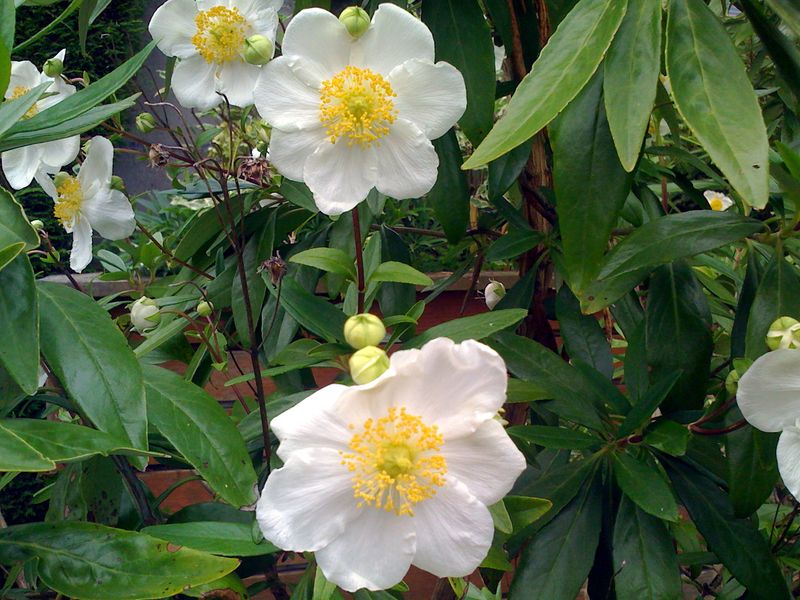
Carpenteria californica is a beautiful California native shrub. It features dark green oblong leaves that highlight and contrast with the stunning 3” single-petaled fragrant white flowers with golden stamens. During the blooming time, this is one of the most attractive CA native plants that can be added to a Bay Area landscape. Occasional deep watering in summer time helps promote growth. But exercise restraint with water because too much moisture can kill this plant.
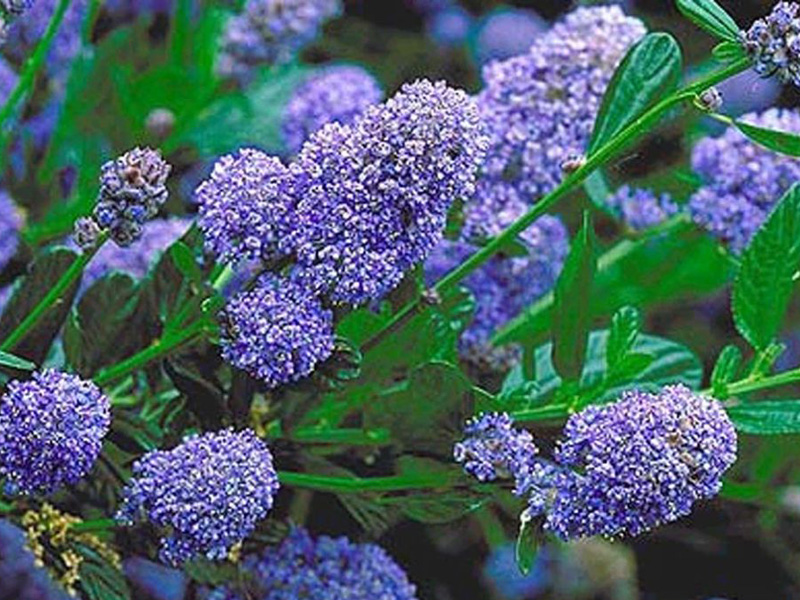
As a large shrub with a dense mass of dark wrinkled green leaves, Ceanothus impresses is covered with deep blue flower clusters in early spring. It requires good drainage and infrequent to no summer watering. It can be temperamental, preferring sun to partial sun exposure.

Eriophyllum confertiflorum is a small, perennial CA Native shrub that is found naturally at the base of cliffs and in rock crevasses. With finely leafed foliage—green above and woolly below—it features blossom clusters of bright yellow flowers on display from March to August. It prefers full sun exposure and is very attractive to butterflies and pollinators. This attractive CA Native is very easy to grow and can be an excellent addition to sunny Bay Area landscapes.
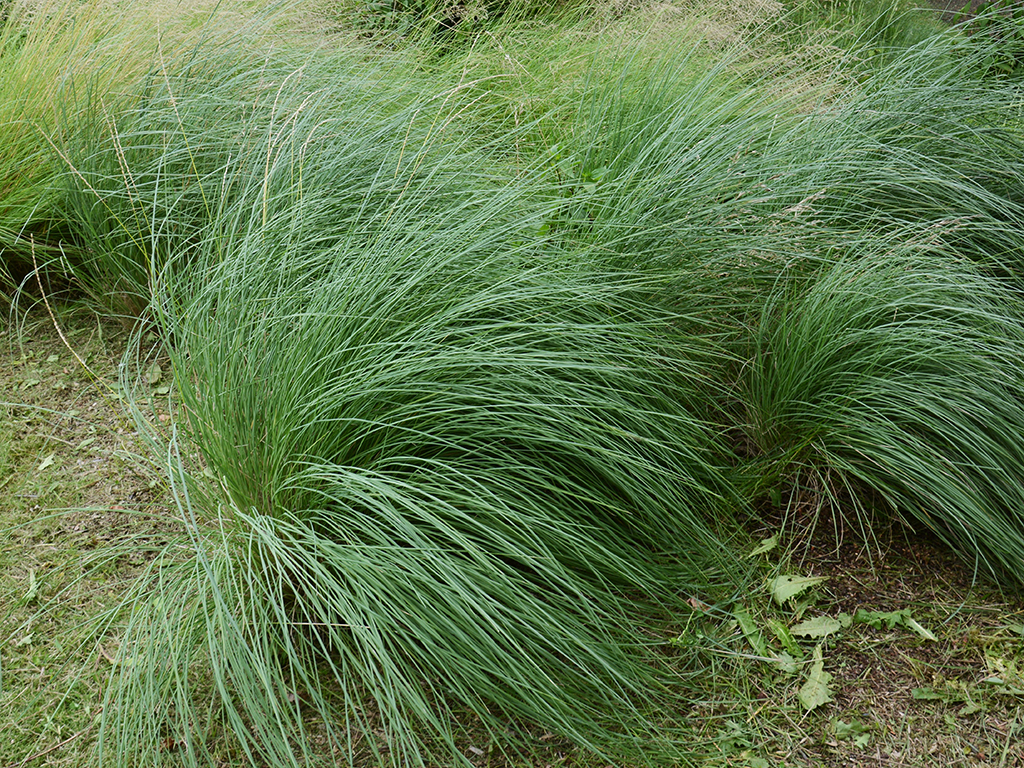
As a hard-working CA native grass, Muhlenbergia rigens provides attractive textural contrast in a landscape with many erect narrow blades that fan out of the vase-shaped foliage in dense clumps. It’s one of the most beautiful and easiest to grow of all the native California bunchgrasses. It prefers sandy or gravelly soil but will perform well in almost any well-drained location.

As a deciduous shrub, the amazing Ribes sanguineum var. glutinosum features many long, graceful pink flowers that grow in condensed clusters. It blooms magically from January to March and produces blue blackberries after flowering. This is one of the most attractive CA native species for Bay area gardens. It tolerates a range of soil conditions—including heavy clay—and is moderately drought tolerant.
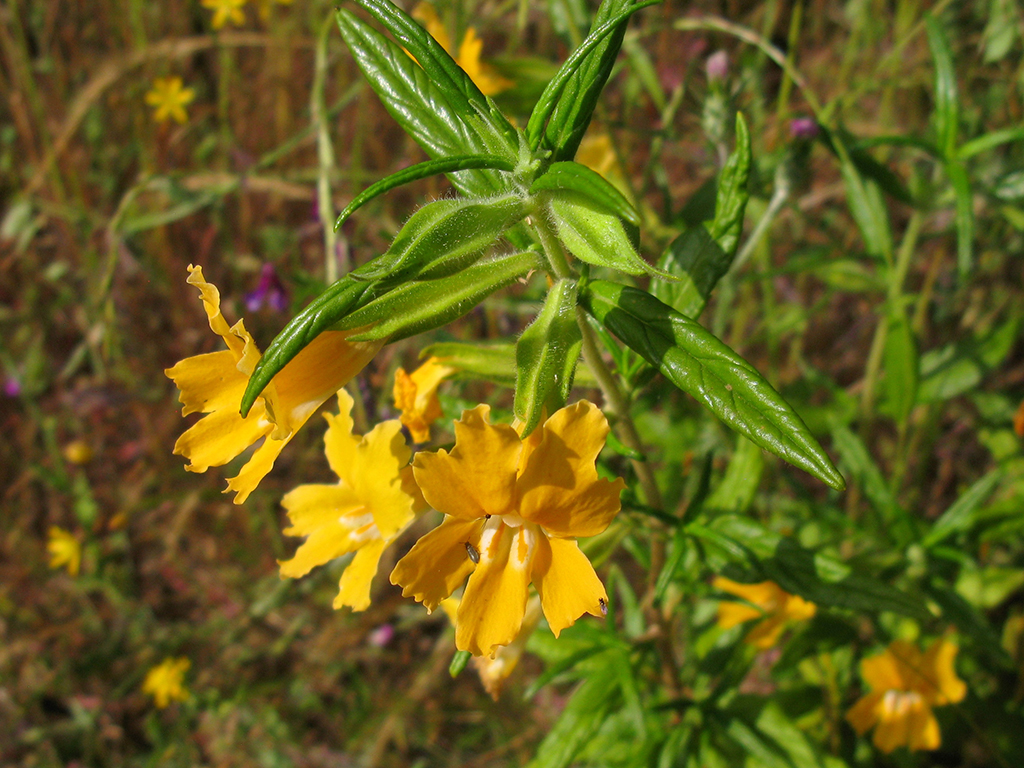
Mimulus aurantiacus is a showy perennial that features abundant apricot-colored blossoms from spring through summer. It is a sought-after plant for attracting hummingbirds and pollinators. It’s also drought tolerant but with occasional summer water, you can extend its’ long blooming season.

Epilobium canum, also referred to as Zauschneria californica, features abundant scarlet tubular flowers that appear in the fall. It’s extremely attractive to hummingbirds and other pollinators. It is also very easy to grow and does best in full sun. After flowering or before new growth begins, it looks best when it is trimmed and the structural form is cleaned up for the next season.
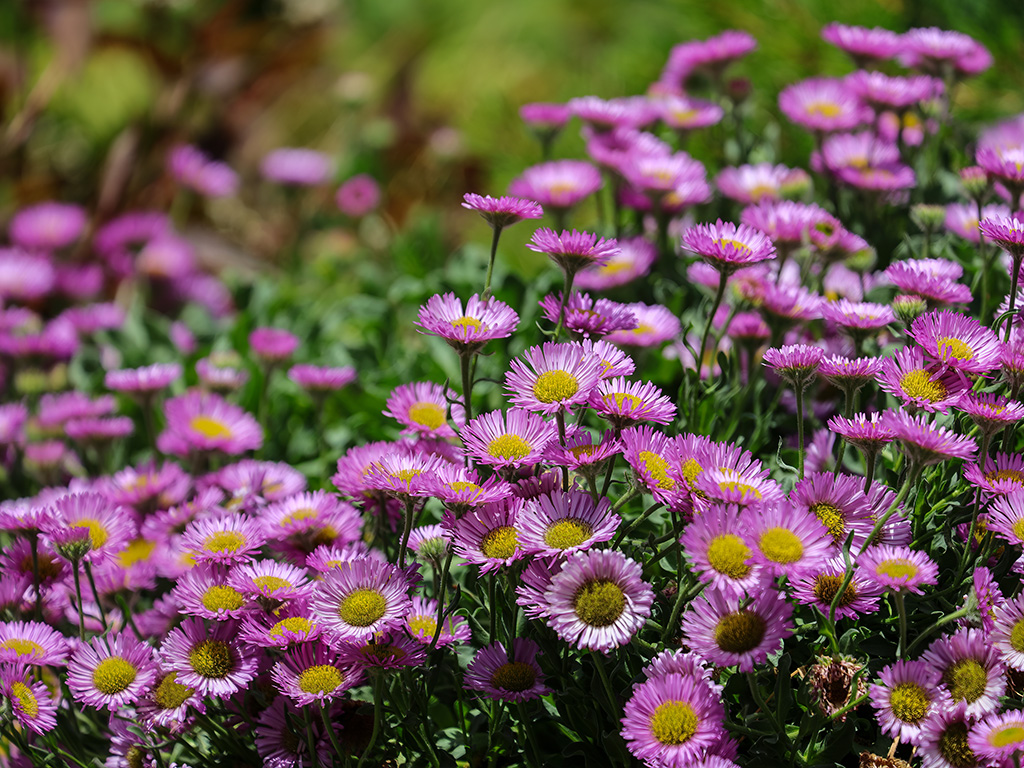
Native to California, Erigeron glaucus is an easy to grow and drought-tolerant ground cover that forms clumps of stout stems topped by a profusion of lavender flowers. Some summer irrigation is best and it can also perform well in hot and dry inland conditions.
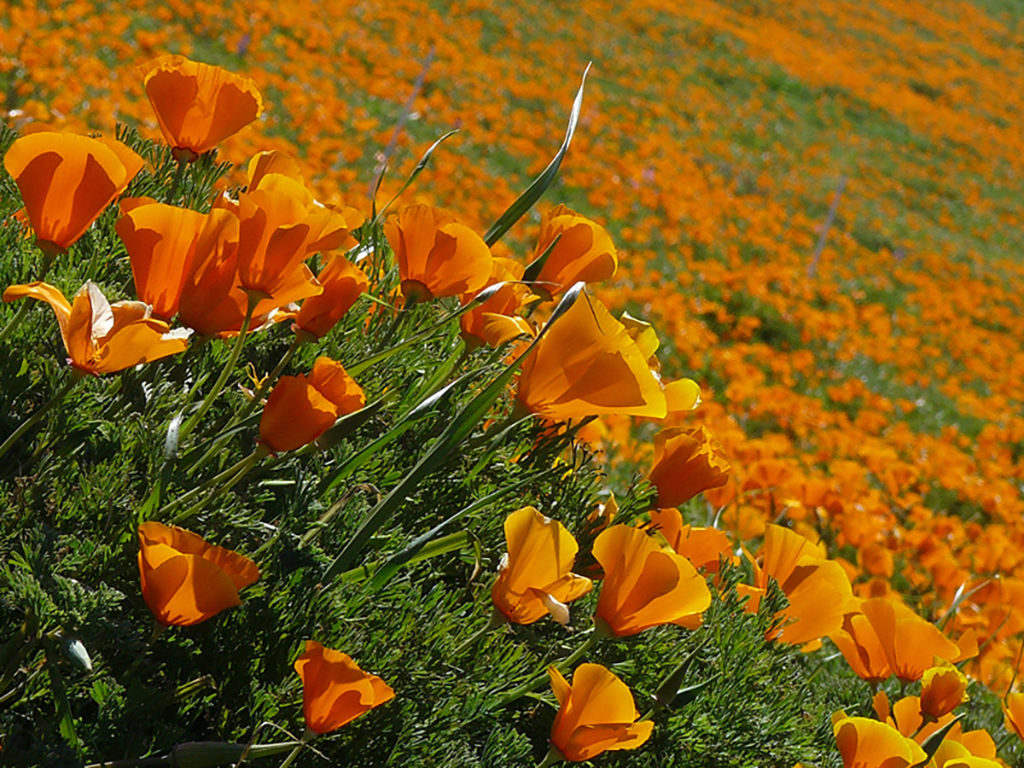
As the official state flower of California, Eschscholzia californica thrives in grassy and open landscapes. With alternately branching waxy pale blue-green foliage, it flowers from February to September. It is tough, fast-growing, drought-tolerant, self-seeding, and easy to grow in the Bay Area. It prefers full sun and will tolerate some shade. It does well in fast-draining, sandy, and poor soils.
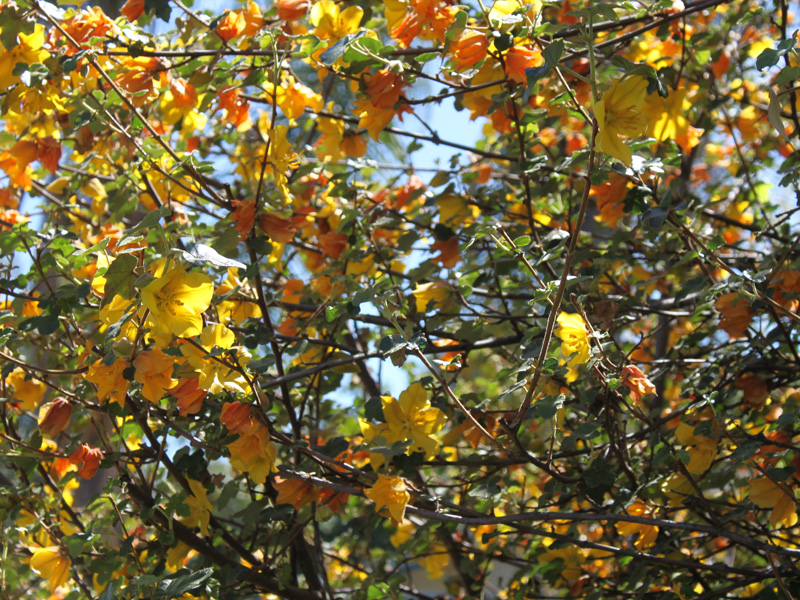
The spectacular flowers on the hardy native Fremontodendron californicum bloom all at once. The result is an attractive display from May to June with dark green, leathery leaves above and fuzzy textures beneath. It needs good drainage and hillside planting is recommended with staking support for young plants. Best of all, it needs no dry-season watering.

Eriogonum fasciculatum is an important honey plant that is attractive to butterflies. It is also useful to help stabilize slopes and hillsides. It forms hemispheres of growth, topped with pinkish-white blossoms in the summer that turn to rusty red in the fall. It is easy to grow, even in very dry conditions. It does best in a well draining sunny site. It will tolerate occasional summer water better than most extremely drought tolerant California natives.

CA native Penstemon centranthifolius features striking scarlet red blossoms with contrasting blue-gray foliage. It has a long bloom season and is very drought tolerant. It prefers hot, dry summers and mild winters to perform well in the Bay Area. Humming birds just love this plant.

As an extremely hardy perennial that’s slow to start, Romneya coulteri is an extremely attractive shrub that produces amazing “fried egg” blossoms. The showy floral display is a magnet for pollinators. It is summer deciduous and winter dormant so patience is required to get it established. It can spread aggressively and may need to be controlled to prevent expansion into undesired areas.
Steer your clients to water-wise, CA native plants
If you want to learn more about native plants, feel free to contact any of our experts at Pacific Nurseries.As both a grower and a plant broker, we’re ready to work with you to provide just the right native plants and trees that will make your project a water-wise success. It’s one of the many qualities that make us different from just an ordinary nursery.
Contact us online or just give us a call at 650.755.2330. And if you need a plant material Estimate or would like to place an Order, just click on over to use our convenient ONLINE ESTIMATE | ORDER FORM.
Share your favorite CA native plants.
Have you installed California native plants in your recent project? Share your favorites on social media just by clicking on the sidebar on the left or at the bottom of the page on your mobile device.
As the Founder of Pacific Nurseries, Don Baldocchi gets satisfaction from knowing the Bay Area is greener and more beautiful by helping landscape professionals succeed. Email Don or give him a call at 650.755.2330.




